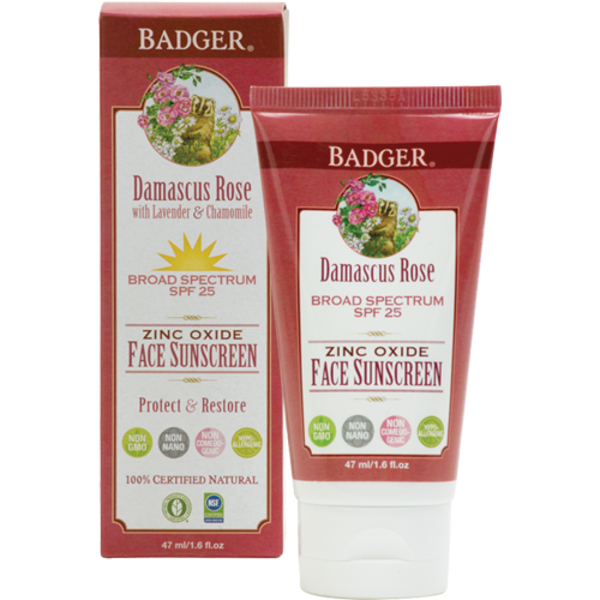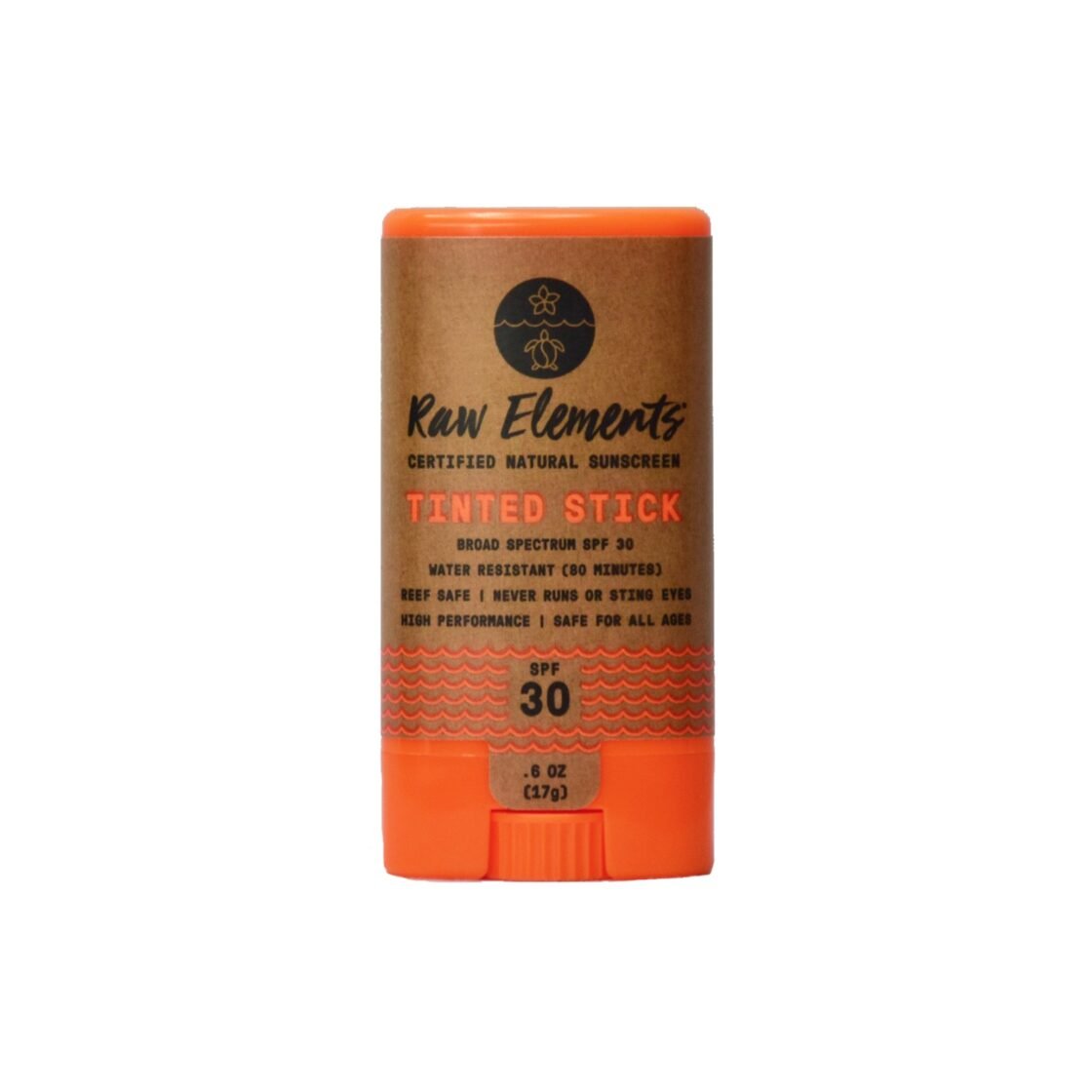What the Hawaii Sunscreen Ban Means for Your SPF (Plus 5 Reef Safe Brands)

Purchasing sunscreen can be quite the challenge. You know you need to use it to protect your skin from things like premature aging and skin cancer. But the more you hear about the negatives of some sunscreen ingredients, the more it makes you want to cover up and forget the whole SPF thing. Well, hold on to your hula skirt! The Hawaii Sunscreen ban is about to raise the bar on sunscreen safety for the environment and humans.
In the first legislation of its kind, Hawaiian Governor David Ige signed a bill prohibiting the sale of over-the-counter sunscreens that contain sunscreen ingredients oxybenzone and octinoxate. The law is set to take effect January 1, 2021.
Buying sunscreen that is effective, pleasant to use, and safe is like hitting the SPF trifecta. Mineral sunscreens provide broad-spectrum protection and are safer for our bodies than chemical sunscreen ingredients, but are they better for the environment too? Hawaii thinks so and they have scientific proof to back it up.
Studies show that chemical sunscreen ingredients oxybenzone and octinoxate show up in coastal waters where they seep into young coral and turn coral reefs white. This bleaching leaches the coral of nutrients that sustain marine life, disrupting the development of fish and wildlife.
According to a 2015 report by Environmental Contamination and Toxicology, around 14,000 tons of sunscreen enter the world’s coral reefs each year with detrimental effects to marine life. And they aren’t doing humans any good either.
Rather than forming a barrier on top of the skin to protect against harmful UV rays, these chemical sunscreen ingredients soak into the skin and absorb UV rays. This means rays reach deeper layers of skin where they can cause long-term damage. They also have links to hormonal disruption and allergic reaction.
Reef and Human Safe Alternatives
Oxybenzone and octinoxate show up in many conventional sunscreens, from Hawaiian Tropic to Coppertone. Earlier studies also show that parabens can damage sea life, so it’s important to read product labels and make sure the items you purchase are free from harmful cosmetic ingredients.
Mineral sunscreens zinc oxide and titanium dioxide are the way to go in protecting your skin and health against UV damage and upholding the health of our oceans and marine life. Here at Organic Authority we have always stood behind nontoxic mineral sunscreens and offer a long list of SPF products that you’ll love to use in our annual sunscreen guide.
5 Reef Safe Sunscreen Recommendation
While Hawaii’s ban will help to promote the use of safer sunscreen, don’t wait until your next vacation to start using reef safe protection. Below are a few brands who go above and beyond to ensure their products are reef safe, which means they are also better for you.

1. All Good

2. Badger Balm

3. Raw Elements

4. Suntegrity

5. True Natural
Related on Organic Authority:
What You Need to Know About Natural Sunscreen
7 Sunscreen Myths Demystified By the Experts
How to Treat Hyperpigmentation and Acne Scars Naturally

